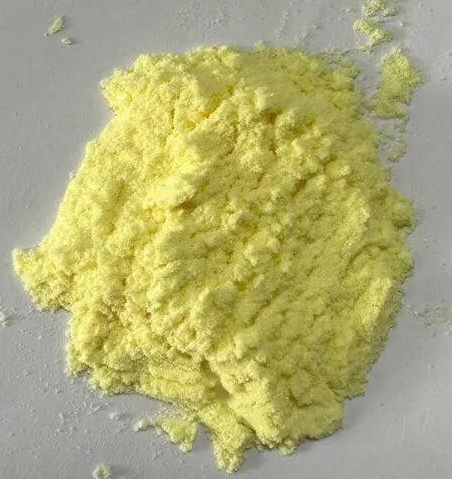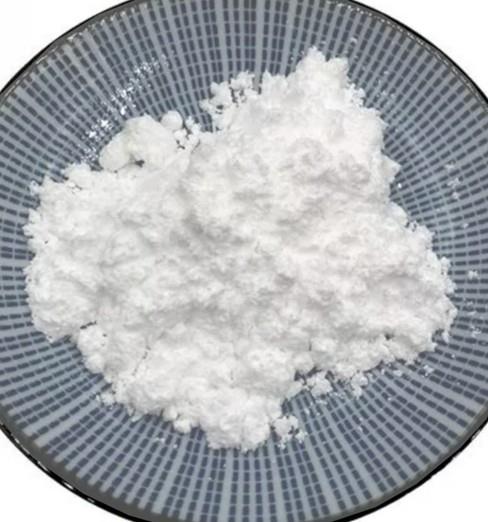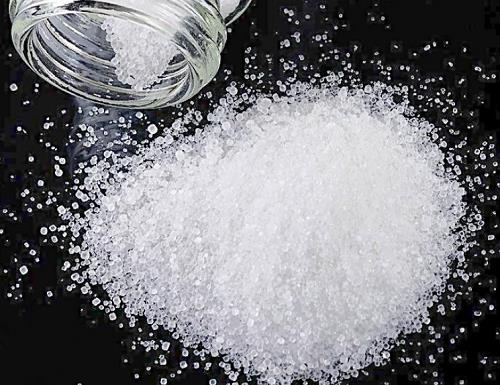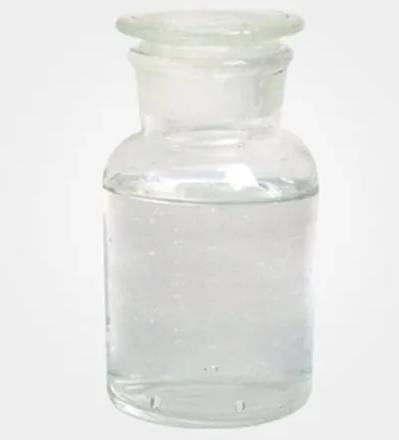Active Pharmaceutical Ingredients (API), popularly speaking, are the raw materials of medicines, only pharmaceutical raw materials are processed into pharmaceutical preparations , can they become medicines available for clinical use, so drugs we usually eat are the finished drugs through processing. Active Pharmaceutical Ingredients based on its sources can be divided into two major categories ,including chemical synthetic drugs and natural chemical drugs. Chemical synthetic drugs can be divided into organic synthetic drugs and inorganic synthetic drugs. Inorganic synthetic drugs are inorganic compounds ( very few is element), such as aluminum hydroxide, magnesium trisilicate which are used for the treatment of gastric and duodenal ulcers ; organic synthetic drugs are mainly composed of drugs made by basic organic chemical raw materials, through a series of organic chemical reactions (such as aspirin, chloramphenicol, caffeine, etc.). Natural chemical drugs ,based on its sources,can be divided into two categories including biochemical drugs and plant chemical drugs. Antibiotics are generally made by the microbial fermentation, which belongs to the biochemistry category. A variety of semi-synthetic antibiotics occurs in recent years,which are biosynthesis and chemical synthesis combining products.Among active Pharmaceutical Ingredients, the organic synthetic drugs varieties, yields and values have the largest proportion,which are the main pillars of the chemical and pharmaceutical industries. The quality of active Pharmaceutical Ingredients decides whether the formulation is good or bad , so its quality standards are very strict ,countries in the world have developed national pharmacopoeia standards and strict quality control methods for its widely used active Pharmaceutical ingredients.
Lithium Difluorophosphate (LiDFP) Additive: Functions, Mechanisms, and Applications in Lithium-Based Batteries
Overview of LiDFP’s roles, mechanisms, and performance benefits across lithium-ion and lithium-metal battery systems.
Nov 21,2025 APIPhysical Properties and Polymerization reaction of 2,3,3,4-biphenyl tetracarboxylic dianhydride
2,3,3,4-biphenyl tetracarboxylic dianhydride is also used to synthesize covalent organic frameworks(COFs) with low dielectric constant.
Nov 21,2025 APIThiol-ene click reactions and application of pentaerythritol tetra(3-mercaptopropionate)
Pentaerythritol Tetra(3-mercaptopropionate) is derived from pentaerythritol fully esterified with four equivalents of 3-mercaptopropionic acid.
Nov 21,2025 APIProperties and Application of 2,2-diphenyl-1-picrylhydrazyl
The stable free radical 2,2-diphenyl-1-picrylhydrazyl (DPPH) has been extensively utilized as a homogeneous radical detector.
Nov 20,2025 APIFunctions and Benefits of Astaxanthin
Astaxanthin is a ketocarotene with strong antioxidant activity, belonging to the lutein class of compounds.
Nov 19,2025 APIAlpha-lipoic acid supplement:Benefits, Pharmacodynamics, Side effects
Alpha-lipoic acid (ALA) is a supplement for managing chronic diseases characterized by oxidative stress, it is usually well-tolerated.
Nov 19,2025 APIPharmacodynamics, Metabolism and Toxicity of Tianeptine sulfate
Tianeptine sulfate is the salt form of the antidepressant drug tianeptine. Tianeptine sulfate serves as a potent agonist for the human μ-opioid receptor (MOR)
Nov 19,2025 API17α-Hydroxyprogesterone: Pregnancy Risks & Distinction from Progesterone
17α-Hydroxyprogesterone caproate cuts recurrent preterm birth risk but raises maternal gestational diabetes, differing from natural progesterone in properties.
Nov 18,2025 APIProperty and Formula Recommendation of Trimethylolpropane tris(2-methyl-1-aziridinepropionate)
Trimethylolpropane tris(2-methyl-1-aziridinepropionate) represents a specialized class of chemical compounds that efficiently react with carboxylic acid groups.
Nov 17,2025 APIApplication research of Triethylene glycol monomethyl ether
Triethylene glycol monomethyl ether is a commonly used thinner in the synthesis of borate type brake fluid, of which application were introduced.
Nov 17,2025 API












